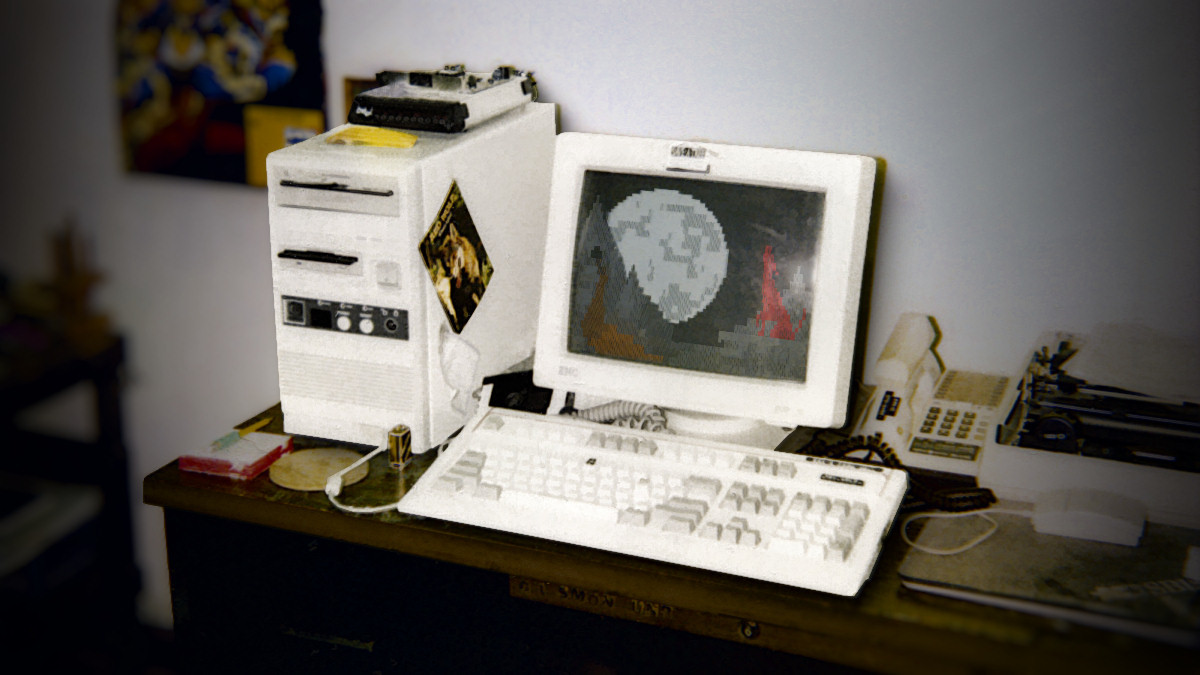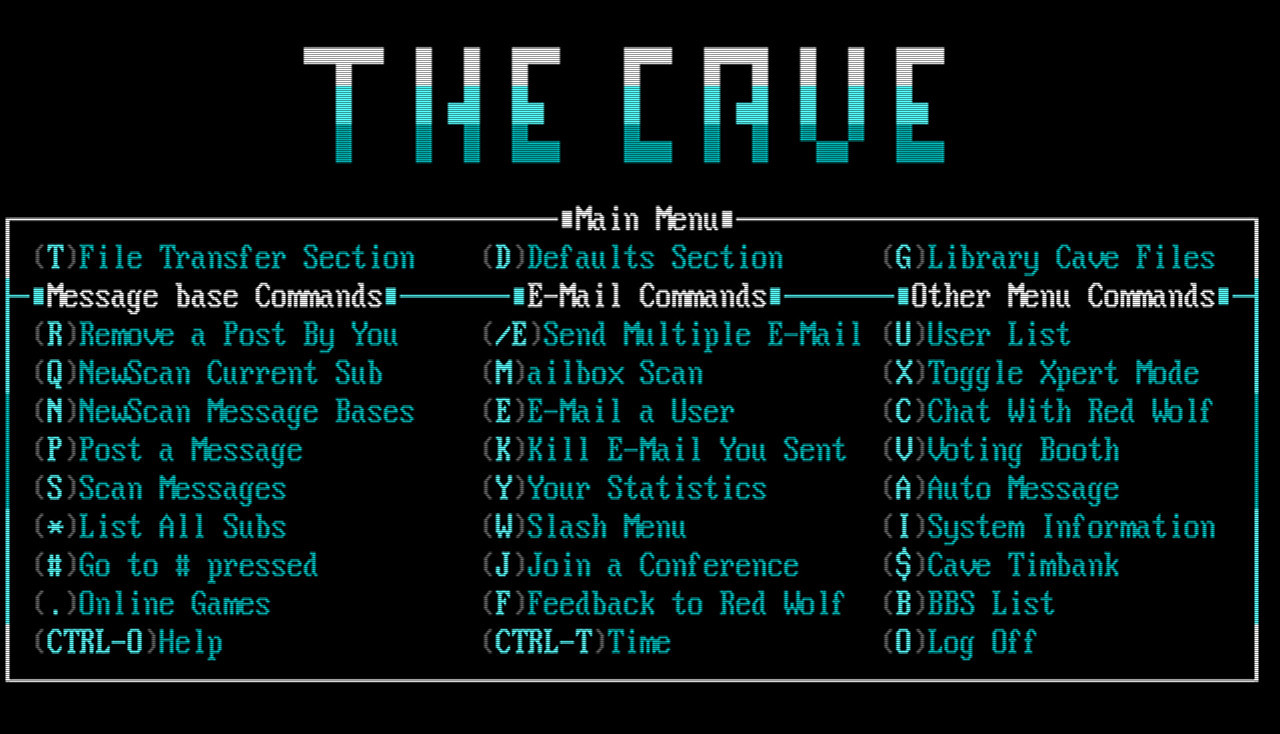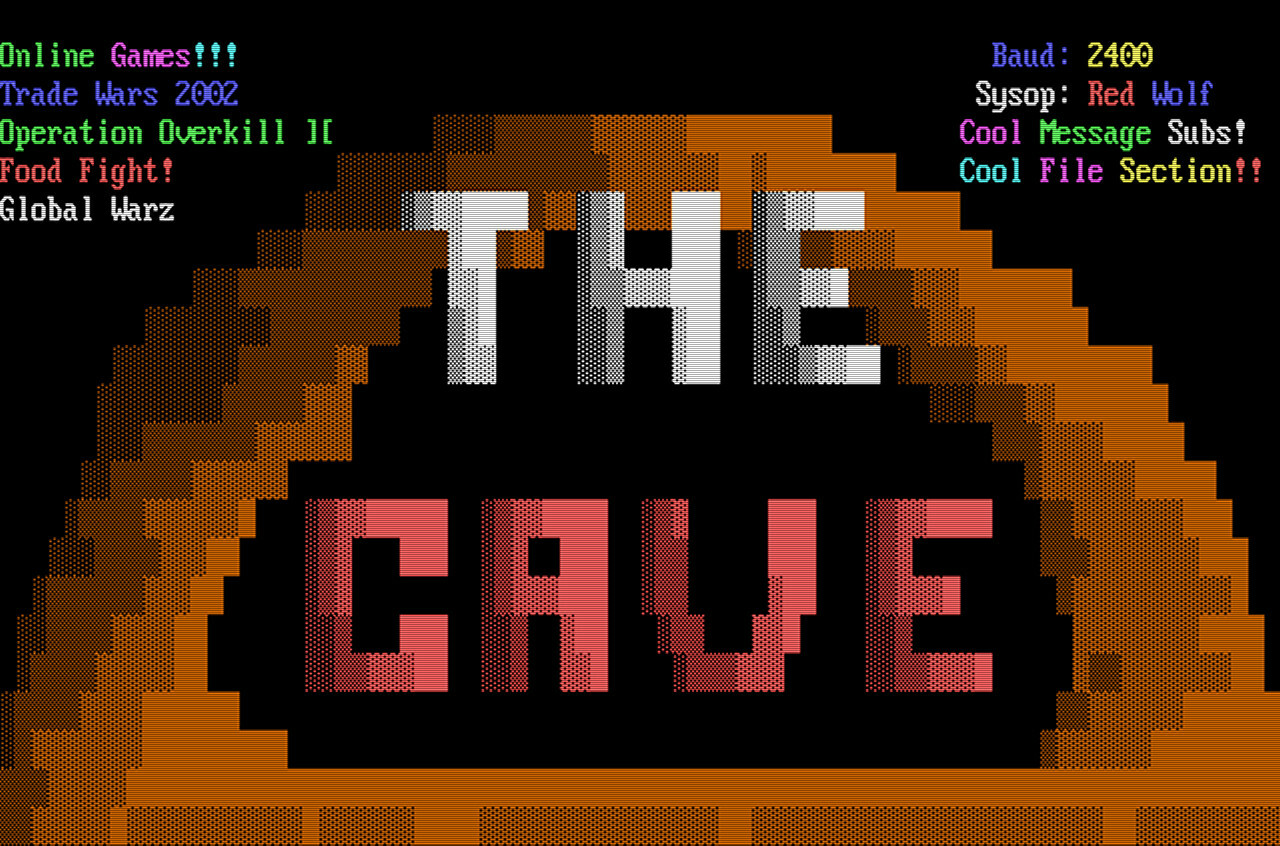30 years ago—on November 25, 1992—I started The Cave BBS in Raleigh, NC
I was only 11 years old, and after a devastating hack, I began to hide my age online
I wrote about my BBS for Ars Technica: https://arstechnica.com/information-technology/2022/12/my-secret-life-as-an-11-year-old-bbs-sysop/




🦀📺 #rustlang has finally become mainstream: hackers in TV shows are now compiling Rust to look cool. 😁
(From Pantheon S1E5.)

ATTENTION EVERYONE WRINGING THEIR HANDS OVER “#MASTODON ADMINS CAN READ MY DIRECT MESSAGES”: #SysAdmins have *always* been able to read your #email and DMs unless encrypted, including at the big #SocialNetworks and Internet providers. We used to have t-shirts that said, “I READ YOUR EMAIL.”
It’s just hitting now because you got used to places where the admins were kept away in their cubicles and data centers instead of greeting you at the front door.
This Inkplate e-ink screen shows Conway's Game of Life, seeded from tarpits I have on the Internet. The tarpits are programs on my computer that superficially look like insecure Telnet and Remote Desktop services, but actually exist to respond super slowly and make bots scanning the Internet 'get stuck'.
When a bot connects to the tarpit, the data it sends gets squished into a 5x5 grid and 'stamped' onto a Game of Life board. Data from a bot at the IP address 1.1.x.x will get stamped on the top left corner, data from a bot at 254.254.x.x will get stamped on the bottom right corner.
Conway's Game of Life, a set of simple rules that govern whether cells should turn on or off, updates the display once per second. The result is that bot attacks end up appearing as distinct 'creatures', that get bigger and more angry looking over time (as their centre is updated with new data). After the attack finishes, the 'creature' eventually burns itself out.
Despite that description, it's a really chill piece of art that doesn't draw too much attention but I can happily watch for a long time.
Credit for the idea goes to @_mattata, I had been wanting to make a real-life version of XKCD #350 for years before seeing his Botnet Fishbowl project.
#projects #inkplate #esp32 #eink #infosec #tarpit

